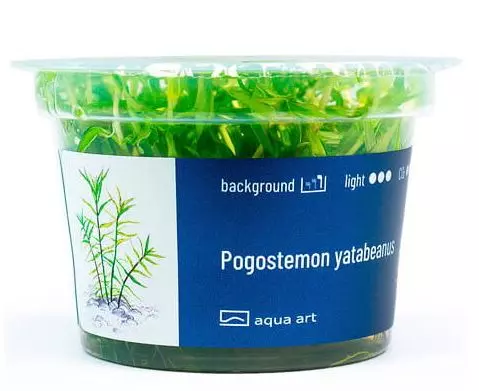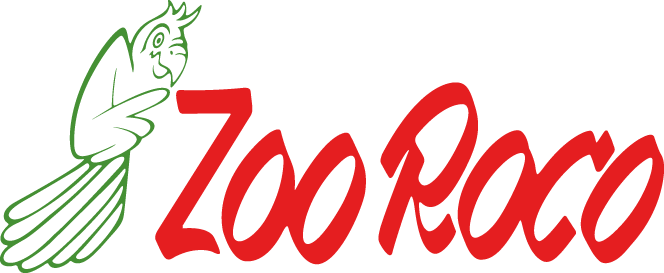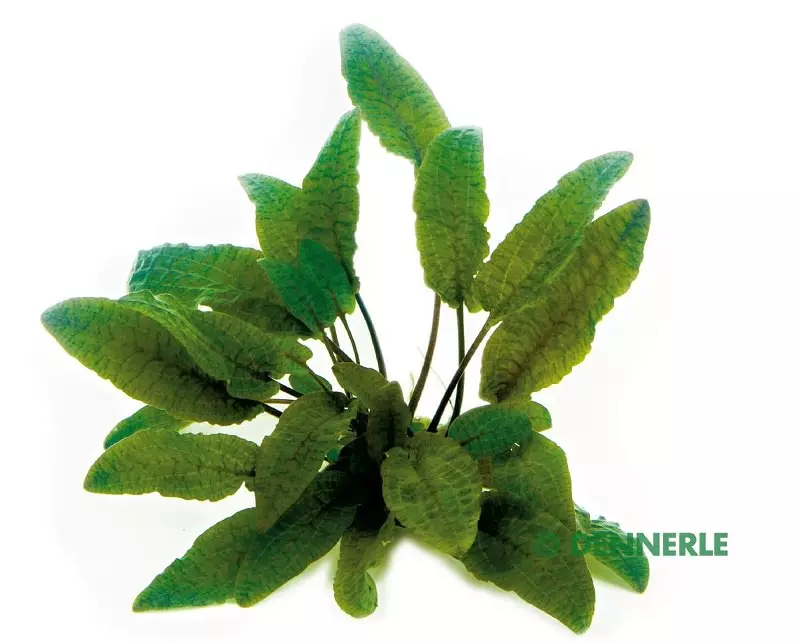Product information "Pogostemon Yatabeanus (Yatbe's star plant)"
Pogostemon yatabeanus
Pogostemon Yatabeanus is a beautiful tertiary plant. It grows vertically upwards and impresses with its pale green appearance and fine texture.
- Difficulty of cultivation: demanding
- Light requirements: high
- CO₂ requirements: high
- Height of mature plant: up to 40 cm
- Growth rate: fast
- Temperature: 20-28°C
- Placement in aquarium: third level
- Origin: Asia
- 6 cm cup diameter
Pogostemon Yatabeanus (Bearded) is a pale green stem plant. It grows on the banks of rivers, ponds, swamps and rice fields in eastern and southern China, the Korean peninsula and Japan. The size and shape of the leaves are somewhat reminiscent of Pogostemon stellatus. The leaves and stem are green in color. The leaves are 4-6 cm long and narrow. In the aquarium the plant is very conspicuous and forms forest-like compositions with evenly planted trees.
It grows vertically upwards and does not interfere with other plants. It does well in a group. It is a very decorative plant that is perfect for the background. It has a stiff red stem that is densely covered with bright green, pointed leaves that grow in threes in a whorl. It makes an ideal shelter for smaller fish species and shrimp. It looks most beautiful in a group of about a dozen seedlings.
Plant Pogostemon Yatabeanus in the substrate. The best growth results can be achieved by using an active substrate. Under good conditions, it spreads very quickly. The administration of liquid fertilizer with micro and macro elements has a positive effect on its development.
It can reach a height of up to 40 cm. It thrives best in an acidic to neutral pH. It requires good filtration and weekly water changes in the aquarium. Requires an additional addition of carbon dioxide.
Pogostemon yatabeanus has high light requirements. Under good conditions it grows quickly and compacts well. The intense growth of the plant is greatly enhanced by the dosage of carbon dioxide and the addition of micro and macro elemental fertilizers.
It is easy to shape and prune. It requires little maintenance. It reproduces by lateral regrowth.
As with most stems, cut stems can be replanted in the ground.
Divide the purchased plant into individual stems and plant them at close 2-3 cm intervals. Pogostemon yatabeanus spreads very quickly, so you should give it enough space to grow.
Planting: The plant must be removed from the cup and thoroughly rinsed from the gel under running water. This is best done by placing the plant in a container of lukewarm water. Most of the gel will then fall off by itself. Divide the contents of the cup into 1-2 cm lumps and then place them at a small distance on the selected items.
.














.jpg)











